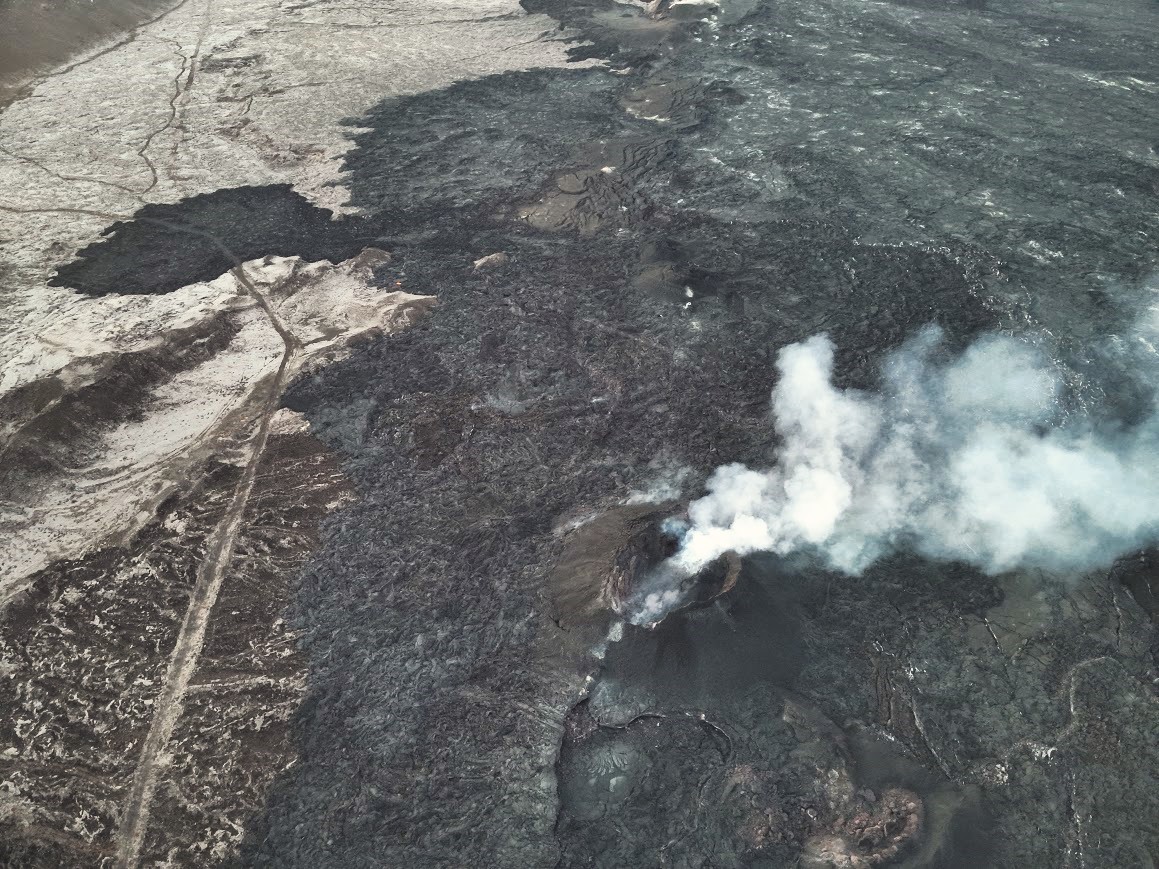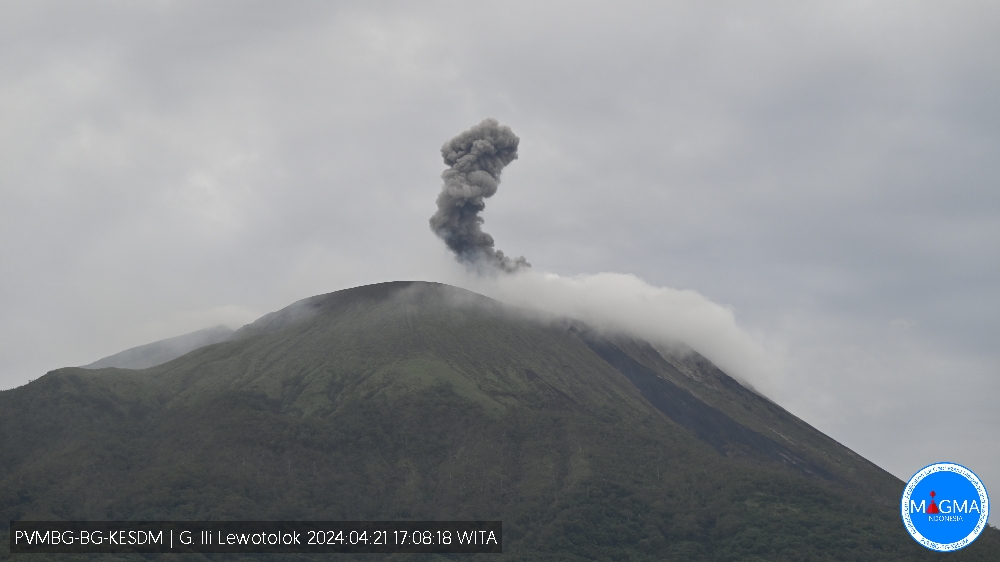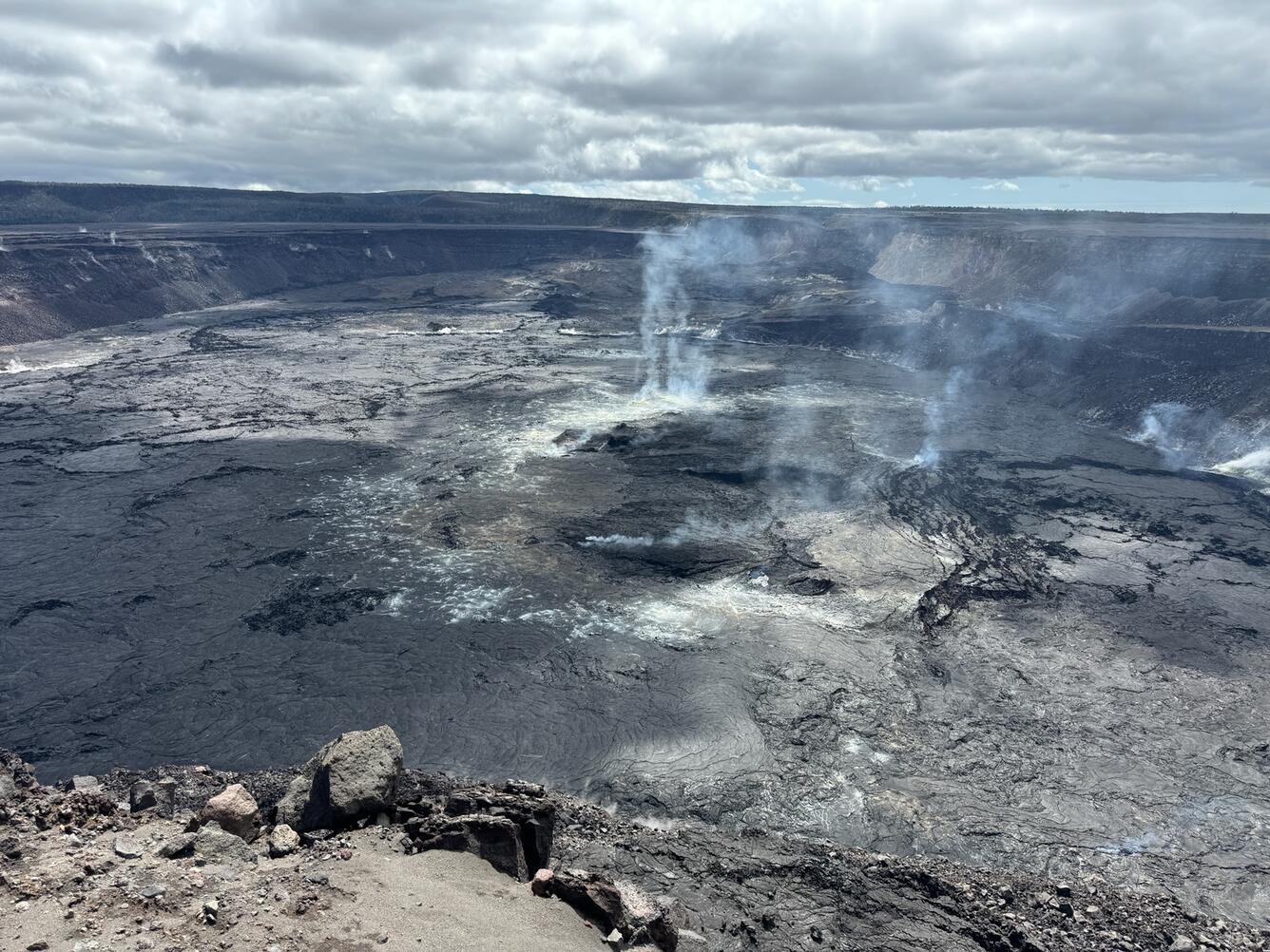May 18, 2024. EN. Chile : Villarica , Indonesia : Semeru , Hawaii : Kilauea , Costa Rica : Poas , Colombia : Nevado del Ruiz .
May 18 , 2024. Chile , Villarica : Seismology The seismological activity of the period was characterized by the recording of: A continuous tremor signal associated with the fluid…





